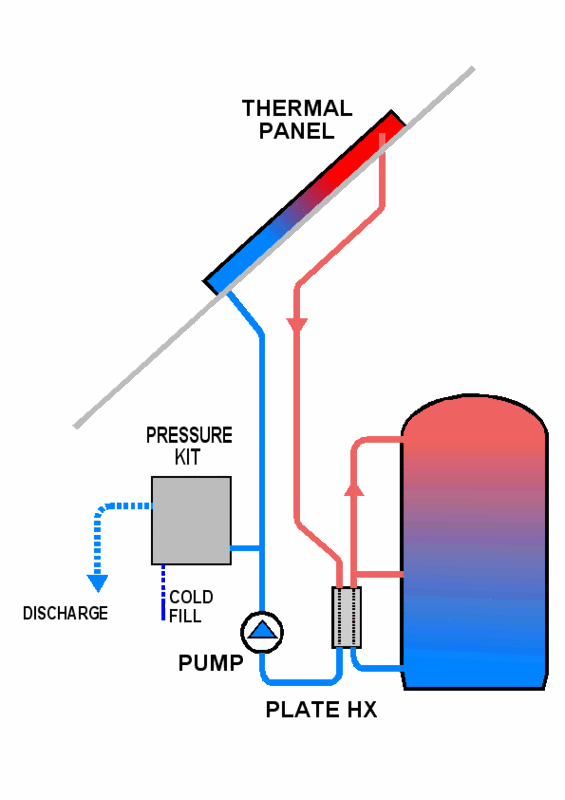Is it possible (by using one way valves etc) to run hot water from a solar panel and from a stove into the same coil in a hot water cylinder.
I know it is possible to purchase tanks with 2 coils but that is more work and expenxe and more often than not when the solar panel is heating water the stove will be off.
I know it is possible to purchase tanks with 2 coils but that is more work and expenxe and more often than not when the solar panel is heating water the stove will be off.



